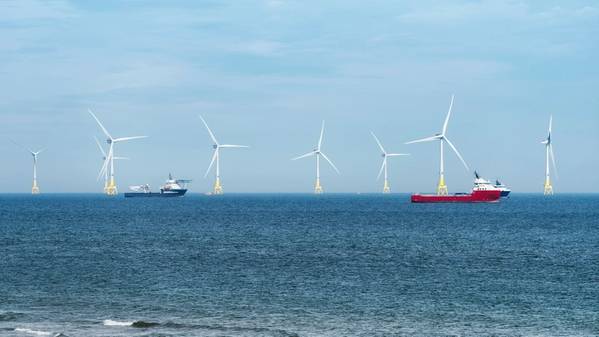
Renewable energy industry supplier Ocean Geophysics has introduced a solution to recycle and reprocess freely available seismic data, which can help developers reduce cost and risk when deciding which wind farms to bid for or not.
In Europe and Australia, historical seismic data – for example from the offshore oil and gas or offshore renewable industry – is often freely available through national energy authorities.
This is the case in the U.K., Germany, the Netherlands, Denmark, Norway and Australia. To supplement this, it is also possible to purchase historical seismic data from the archives of oil companies that previously operated in the region.
In short, Ocean Geophysics takes historical data and using advanced software and modern processing techniques, reveals previously hidden information in the shallower regions. The aim is to reduce cost and risk of offshore wind developments, potentially by avoiding unnecessary and costly reconnaissance surveys offshore.
A key aspect of this enhancement process involves integrating shallow and deeper data layers, which traditionally presented challenges due to discrepancies in resolution and clarity. By using innovative processing techniques Ocean Geophysics can now merge these disparate layers, facilitating a much clearer and holistic interpretation of subsurface structures and sedimentary formations.
“We are essentially exemplifying the transformative power of advanced data processing techniques in enhancing vintage sub-bottom profiler/pinger data and S-UHRS from previous seismic surveys. Developers can utilise this reprocessed seismic data as part of their bid/no-bid decision making processes,” said Chris Weller, Director of Seismic at Ocean Geophysics.